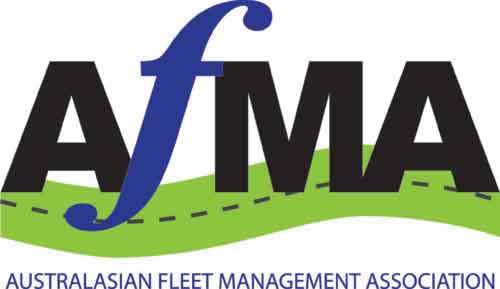MAINTENANCE RECORDS
Maintenance records, either manual or computer based, should consist of two parts:
1. Individual Vehicle Records
Individual vehicle records are based on each individual vehicle. It is a chronological listing of all inspections and repairs performed on a particular vehicle. It should include the date, the vehicle’s odometer reading, the repair order number, the cost of the repair, the discrepancy, the cause and the remedy.
There should also be a space on the form to indicate whether the repair was performed as a result of a scheduled PM inspection or if it was unscheduled or emergency maintenance.
2. Vehicle Class Records
Vehicle class records only track unscheduled and emergency maintenance, not by individual vehicles, but by the major operating systems of vehicle fleet taken as a group.
For example, if the company maintains a fleet of passenger and light commercials and experience indicates that the cooling systems on light commercials have always caused problems, the company would then keep a chronological listing entitled “Light Commercials Cooling Systems.”
On this listing, an entry would be made every time any of the light commercials have a cooling system problem, but do not include any other class of vehicle.
The columns for this listing could include the date, odometer reading, vehicle or equipment number, the repair order number, the cost of repair, discrepancy, cause, and remedy.
Again, this listing is only for unscheduled or emergency repairs. Repairs performed as a result of scheduled PM inspections are not recorded on this form.
Separate chronological listings are kept for other major systems that can cause trouble, such as ignition systems, engines, gearboxes etc.



